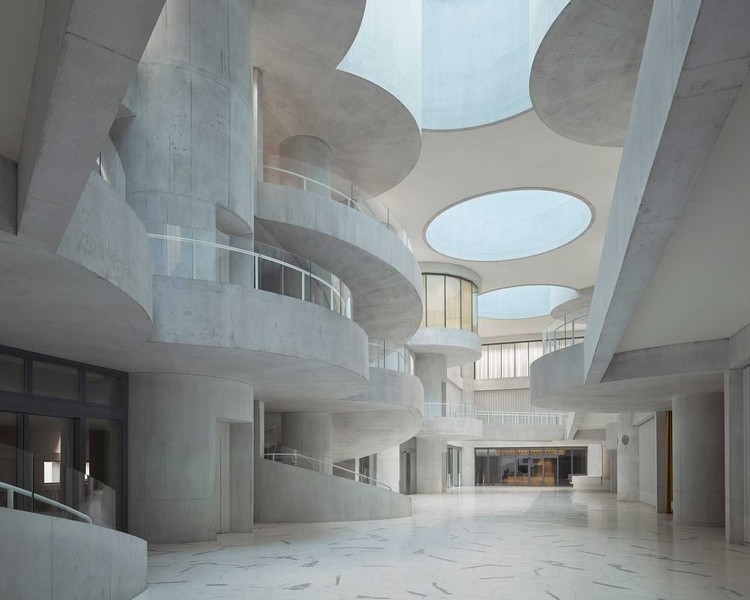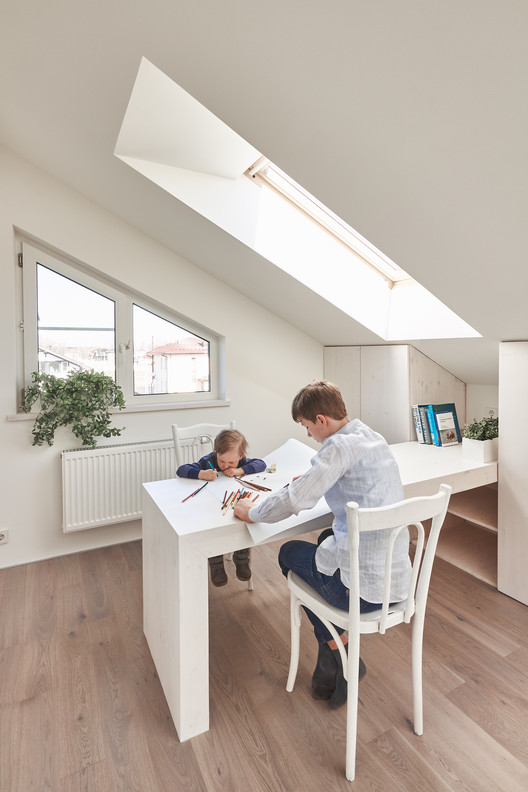
Everyone loves models, but not everyone loves making them. For some, models bring up memories of fingers full of dry glue, cuts from sharp pieces, wasted materials, and large doses of frustration. For others, with the unique ability to physicalize drawings easily and beautifully, making small-scale models can even be fun. But, of course, on the internet, there will always be someone who can take any activity to unbelievable levels of achievement. In model building, the OUROBOROS ARQ YouTube channel takes this role. With almost 2 million subscribers, and videos with over 50 million views, the channel documents the construction processes of highly complex miniature buildings.


















